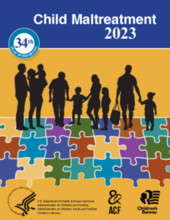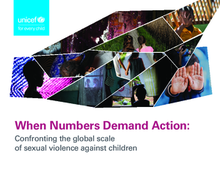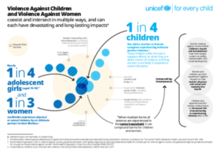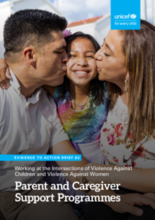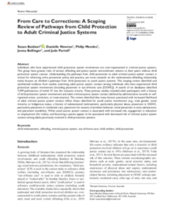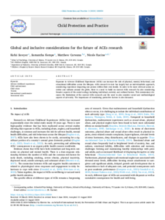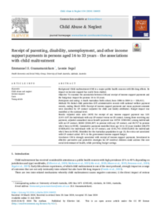Displaying 1 - 10 of 1070
Child Maltreatment 2023 (the report) is the latest edition of the annual Child Maltreatment report series. The report is used by researchers, practitioners, and advocates throughout the world as a source for national child welfare data. Jurisdictions provide the data for this report via the National Child Abuse and Neglect Data System (NCANDS). NCANDS was established as a voluntary, national data collection and analysis program to make available state child abuse and neglect information. Since 1991, child welfare agencies in the 50 states, the Commonwealth of Puerto Rico, and the District of Columbia have collected and submitted data for NCANDS.
This high-level satellite event to the Global Ministerial Conference on Ending Violence Against Children took place on November 6, 2024, and brought together prominent speakers from across the world. The purpose of this event was to put a spotlight on the intersection between children’s care and violence against children. Watch the recordings of the event in English, Spanish or French.
This UNICEF publication presents the first-ever global and regional estimates of sexual violence against children. It narrates through numbers the tragic reality of sexual violence, amplifying victims’ voices.
This infographic by UNICEF illustrates how violence against children and violence against women coexist and intersect in multiple ways, and can each have devastating and long-lasting impacts.
A well-established and growing body of evidence demonstrates the multiple ways in which violence against children and violence against women intersect or overlap. This brief summarizes what is known about the potential for parent and caregiver support programmes to reduce both violence against children and violence against women, and why addressing these intersections matters for children’s protection and well-being.
This scoping review identified and synthesized evidence from studies across the globe examining adult justice system contact among individuals who have experienced child protection system involvement (including placement in out-of-home care [OOHC]).
This study aims to examine how parental substance use affects outcomes of Australian children in out-of-home care, adjusting for key demographic, social and system factors.
This commentary discusses the limitations of the current Adverse Childhood Experiences (ACEs) research and the need to also consider social and methodological aspects of adversity. The importance of considering protective factors is also discussed.
The Thrive Strategy incorporates updated evidence on children in adversity and their needs, and considers the ongoing impact of global events such as the COVID-19 pandemic, spotlighting the polycrisis that children in adversity and families are experiencing.
This study was based in Southern Australia and aimed to examine the association between child maltreatment and the receipt of income support payments and the budgetary impact for persons 16 to 33 years.

